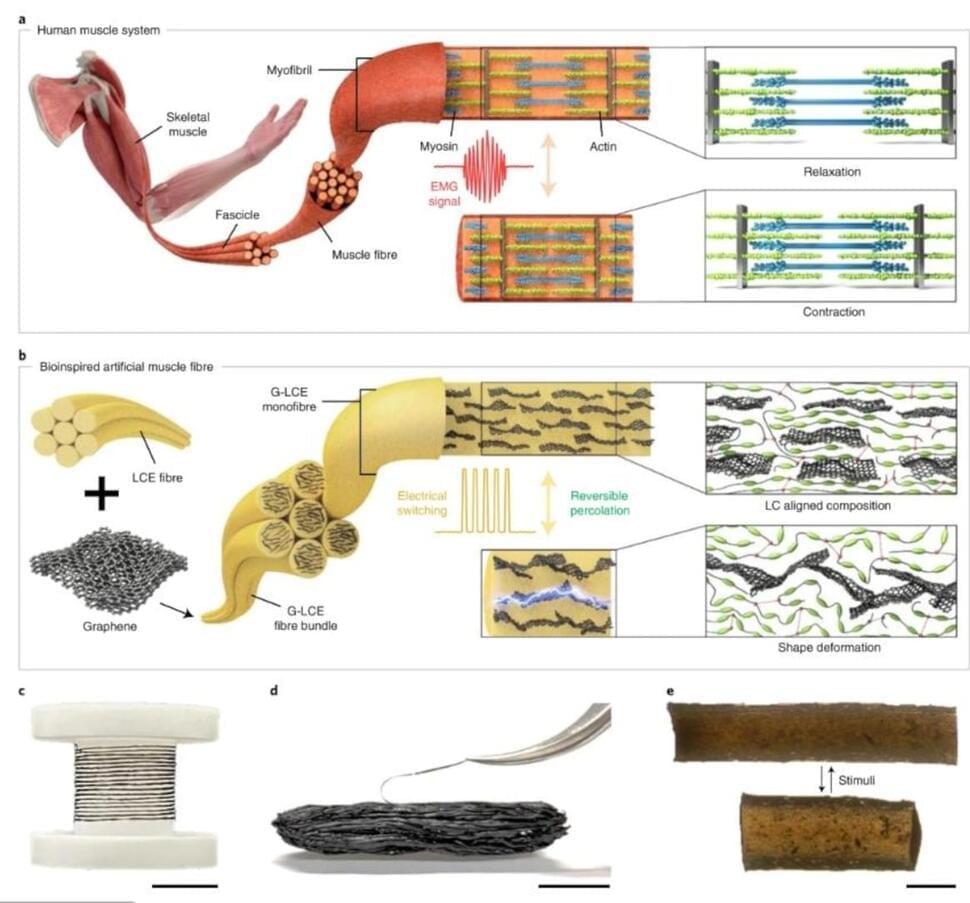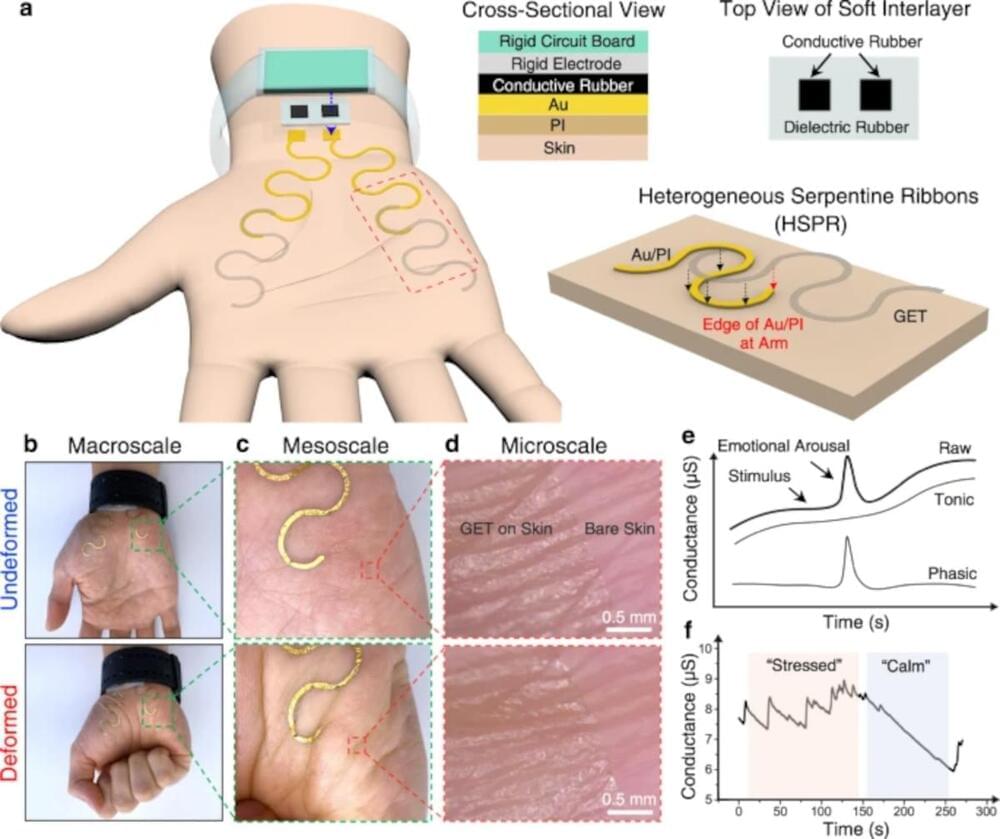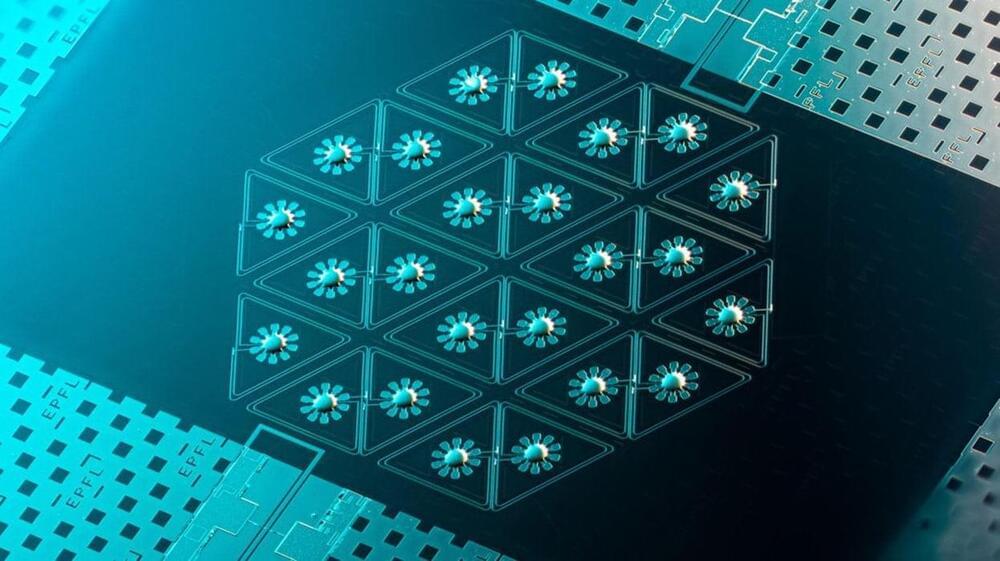
Orally administered collagen peptides could contribute to antiaging by replacing the degraded extracellular matrix proteins caused by photoaging. This study aimed to evaluate the efficacy and safety of low-molecular-weight collagen peptides for treating photoaged and dry skin. In this randomized, placebo-controlled, parallel-group, double-blinded trial, we randomly assigned study participants (n = 100) to either the test product group or placebo group at a 1:1 ratio for 12 weeks. The wrinkle scale score, eye wrinkle volume, roughness parameters, such as the average maximum height of the wrinkle (Rz), arithmetic average within the total measuring length of the wrinkle (Ra), maximum profile valley depth of the wrinkle (Rv), and skin hydration, transepidermal water loss (TEWL), overall elasticity (R2), and ratio of elastic recovery to total deformation (R7) were evaluated at baseline, 6 weeks, and 12 weeks. Safety assessments with serial blood tests were also conducted. Efficacy assessments of data from 84 participants were conducted as the per-protocol analysis. After 12 weeks, the 10-grade crow’s feet photo scale score, eye wrinkle volume, skin roughness parameters (Rz, Ra, and Rv), skin elasticity (R2 and R7), skin hydration, and TEWL were significantly improved in the test product group compared to the placebo group. There were no adverse events or abnormalities according to laboratory analysis associated with using the test material during the study period. This study showed that the oral supplementation of low-molecular-weight collagen peptides could improve the wrinkles, elasticity, hydration, and barrier integrity of photoaged facial skin. This clinical study was registered with the Korean Clinical Research Information Service and International Clinical Trials Registry Platform (No: KCT0006500).
Keywords: clinical study; collagen peptide; photoaging; wrinkles.
















